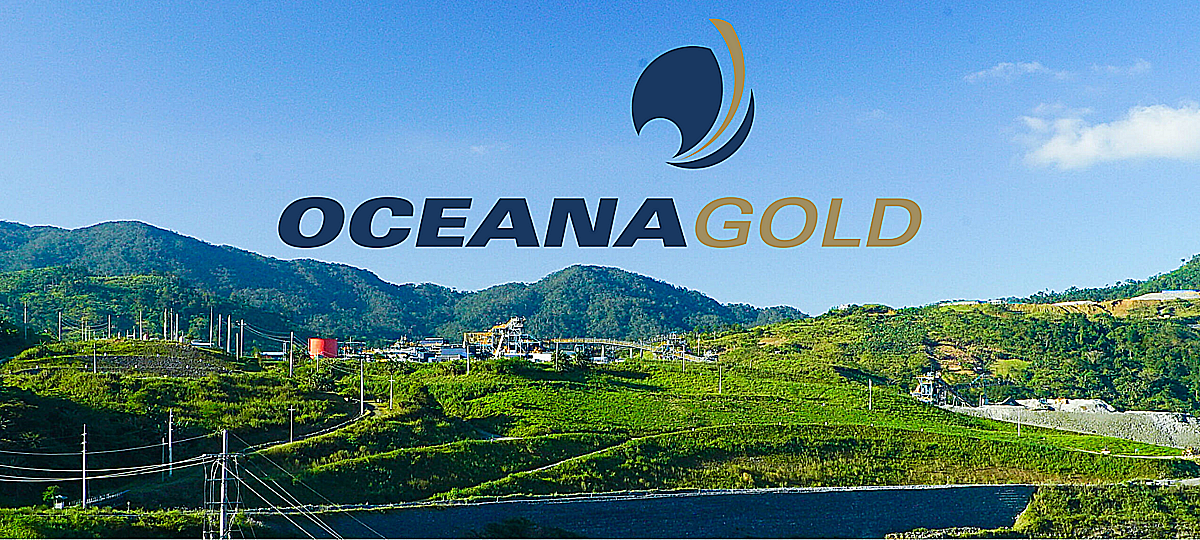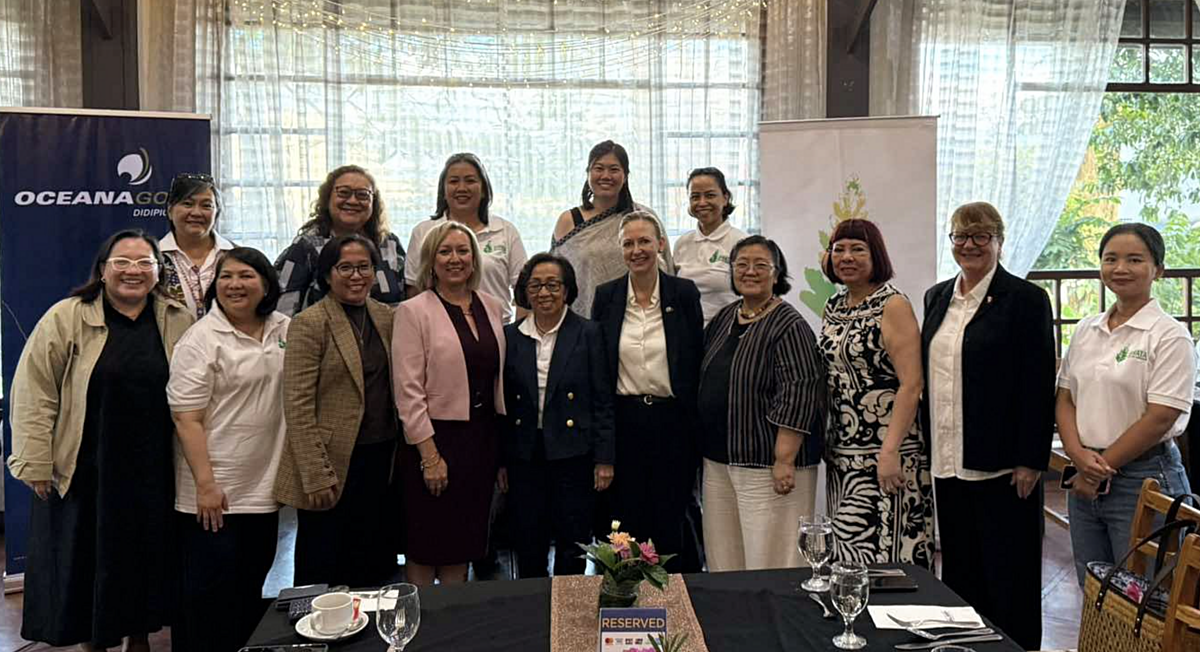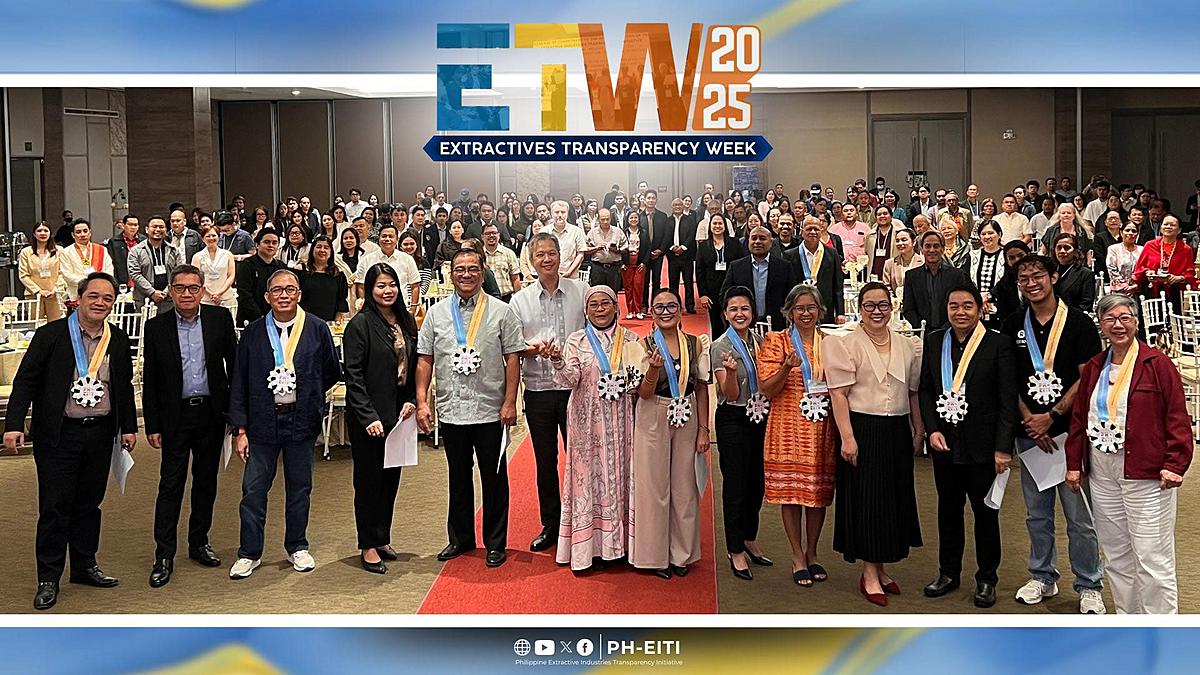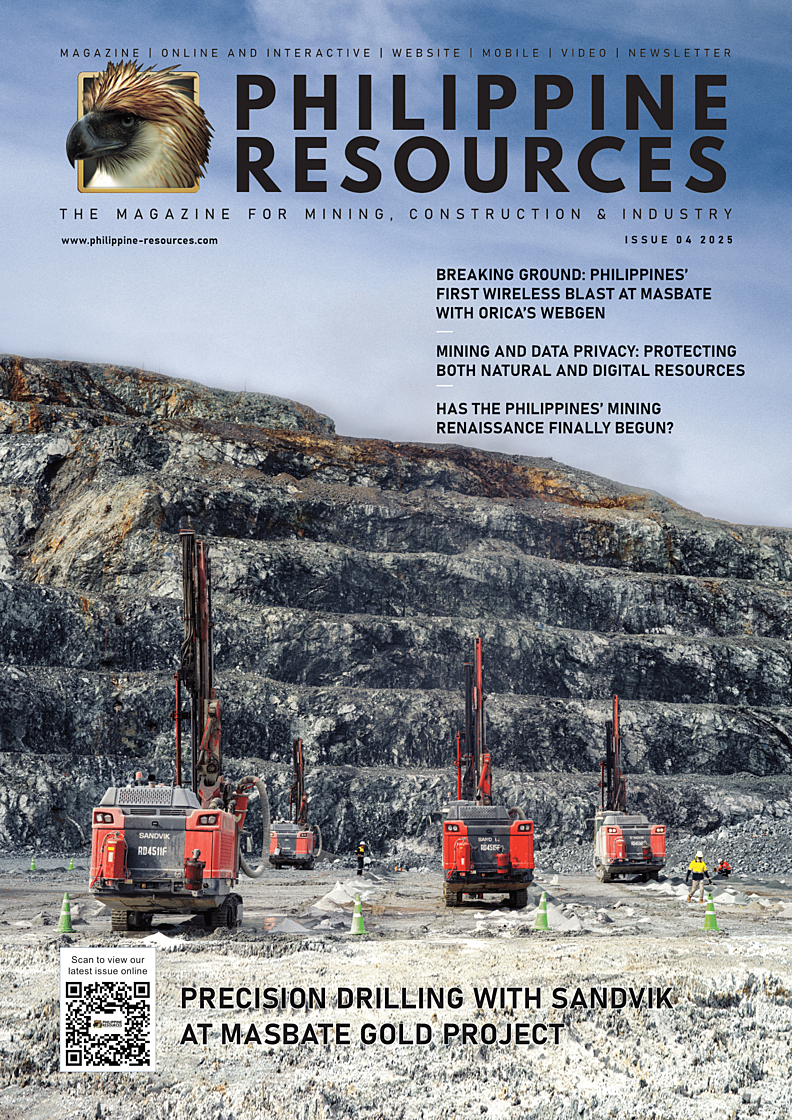Listed mining firm OceanaGold Philippines Inc. is expected to have higher gold and copper production in the second half of the year, its parent firm said.
"So we see quarter three will be stronger than quarter two and quarter four will be stronger than quarter three," OceanaGold Corporation chief operating officer for Asia-Pacific Peter Sharpe said in a briefing in Makati City.
OceanaGold Philippines Inc., which currently operates the Didipio gold-copper mine in Nueva Vizcaya, earlier reported that gold production reached 49.2 thousand ounces in the first half of the year.
Copper production, meanwhile, reached 5.8 thousand tons.
Both gold and copper production declined from last year's 65.2 thousand ounces and 6.9 thousand tons due to lower production in the second quarter of the year.
Sharpe atrributed the decline in production to the unplanned downtime in the processing plant.
"What that meant was that we were not able to mill as much ore as we originally planned. They were one-off events and they've effectively been addressed," he said.
"So we are seeing the capacity throughput be re-established. So we certainly expect Q3 (third quarter) and then Q4 (fourth quarter) to be stronger than Q2 (second quarter)," he added.
Sharpe said gold production is expected to increase to 70,000 ounces while copper production will also likely go up to 12,000 tons in the second half of the year.
He said OceanaGold also had a change in plan in its underground mine sequencing based on a geotechnical review that the company has undertaken.
"The review identified that there was a safer way to mine. You know, some of the what we call scopes, which is the ore from underground. And we've enacted that recommendation around applying a different mine design and sequence to underground ore," Sharpe said.
"What that will mean will be slightly less grade going forward over the next couple of years. But the years beyond that will be higher grade," he added.
Underground optimization
Sharpe said an underground optimization pre-feasibility study is underway to increase the contribution of higher-grade underground ore to the overall mill feed mix.
"One of the opportunities that we see at Didipio is the gold grade in the underground versus the stockpile. So, we've got about 20 million tons of ore underground and about the same on surface stockpile. And we actually blend at the moment 60 percent of our surface stockpile into the mill and 40 percent from the underground," he said.
Sharpe said the ore grade from underground is four times the grade from the surface stockpile.
"So there's four times as much gold per ton of ore from underground as there is on surface stockpile. So we're working on a plan to actually change that mix of 60 percent stockpile, 40 percent underground to 60 percent underground, 40 percent stockpile. And we can do that, you know, through additional equipment which we've actually already started to purchase and is already starting to turn up," he said.
Sharpe said the full result of the study is expected to be released in the first quarter of 2025. By Anna Leah Gonzales
Article courtesy of the Philippine News Agency










